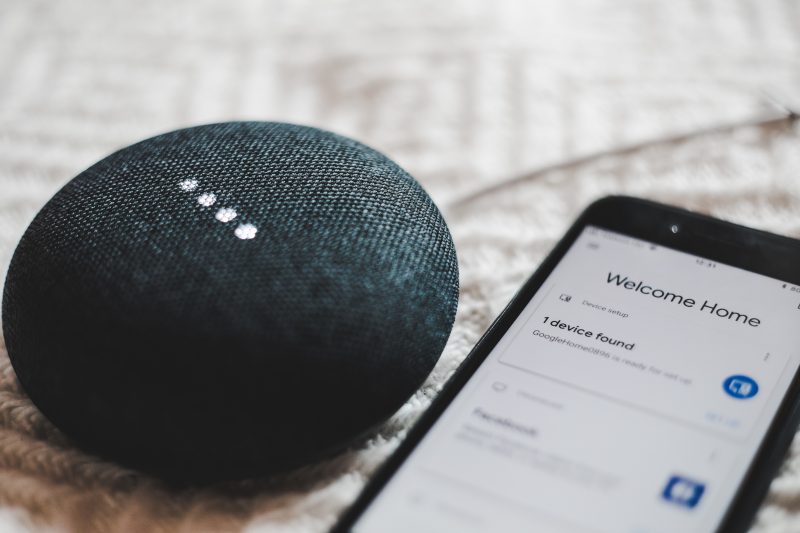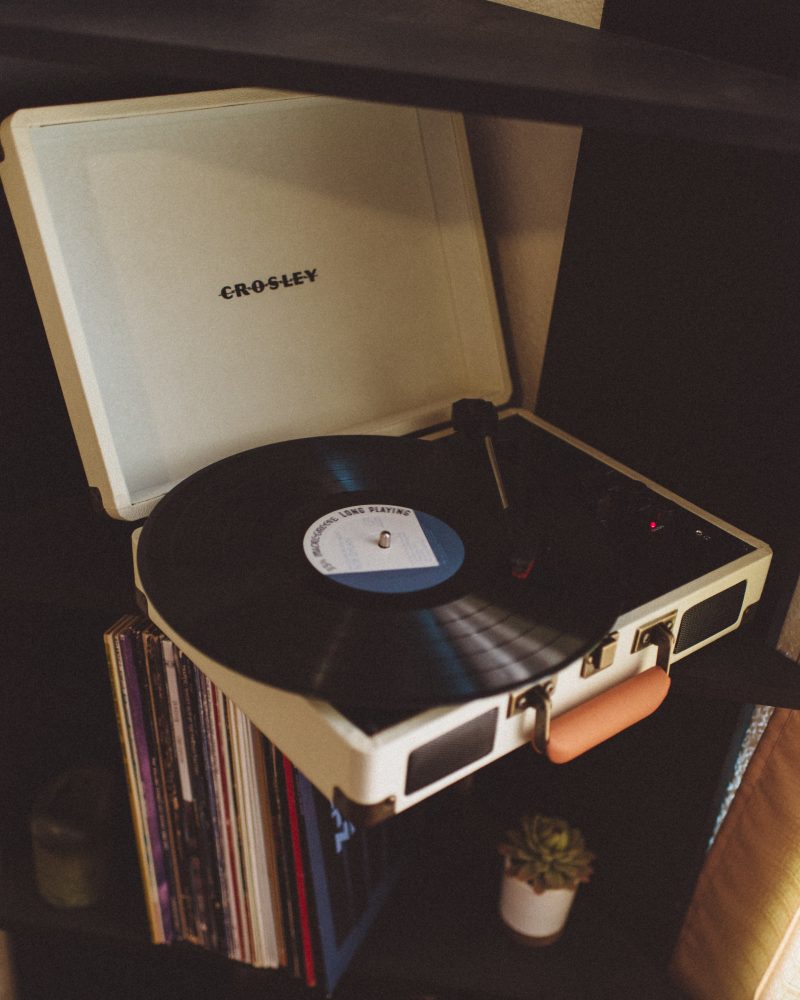Digital Audio Wars and the Resurgence Of Hi-Fi
There has been a resurgence of Hi-Fi over the last several years, and it’s a trend I’ve watched both develop and blossom from format wars and reshape itself into a new audiovisual experience for generations to come. It is one that could truly be amazing for anyone willing to appreciate it and one that has recently inspired me to help educate others more than I have previously on the subject’s importance. Why has it only now begun to inspire me to do more than in the past? Simply because there are far more people who are listening, who are asking and who are engaging on this topic, ranging from suggestions to inquires and who are now demanding nothing less than a quality audio experience, whether at home, in the office or on the the go. While high fidelity audio is not quite yet a standard for everyone, like it or not, digital audio has helped bring the Hi-Fi movement closer into the mainstream, in part due to streaming media services.

Monthly streaming media services have come and gone, like seasons past, and yet despite the rise and fall of many, quiet a few high-resolution audio services have arisen like a phoenix from the ashes of the failed fallen. Now, this is not to say that other services with lesser quality audio are not providing a valued service, but this isn’t about low-res necessarily; it’s about high-resolution audio and the Hi-Fi revolution.
As more people see the value in higher quality audio, as opposed to the compressed dollar download alternate, companies like Deezer, Tidal and Qobuz have found their place in our daily lives. Whether it be on computer, mobile or natively built into a distributed audio system of choice, manufacturers are now finally starting to provide at least one of three options I’ve mentioned as a flagship source for your Hi-Fi needs and wants. Now, while Qobuz isn’t here just yet stateside, I promise it is not something to be overlooked. Do you remember what your life was like before Spotify came to America? We had to be satisfied with Grooveshark, Turntable.fm , Google Music and/or [insert any other free streaming media radio service here]. Once Spotify brought their much promised higher bit-rate streaming music service, others started to see that there was a place for better quality, and soon, a demand for it.
That’s nothing against Sirius XM’s newest acquisition, Pandora (smart move on their part); I still use their service to this day, and when new Pandora came to be, I was just as excited as the next streaming audio enthusiast. However, we’ve come a long way since 2011. Today’s audio hardware has advanced and our audio software include apps to match a new generation’s needs for mobility and remote access-ability, all while maintaining quality and clarity. A generation of music lovers who want their music at a moment’s touch, or a moment’s notice, given as a simple request of “Hey Google, cast Roon to the living room,” and a new Hi-Fi experience awaits. We’ve arrived at a new time where music and an influx of associated information can be found instantly about that music and enjoyed just as easily. It’s truly a great time be alive, assuming you enjoy the universal language of music, that is.
In all honesty, I should really thank all the previous streaming services for what they’ve done for us — companies like MOG, for example, which previously provided a better solution for higher-quality, music information and a community of like minded individuals who were willing to support the cause, even though it wasn’t free. If it wasn’t for MOG, whose service would Dr. Dre have bought, only to turn around to sell over to Apple — someone else? While Beats music, or rather Apple Music, does not provide a premium tier of higher quality audio for a price or at all for that matter, there are many others who do. Apple will inevitably do this as well, but until then, I am a firm believer that high resolution audio will still be a hard sell for the general population, but only because large companies like Apple, Google and Amazon have not offered this option to the masses. And also because $0.99 single-song downloads are more appealing than $20.00+ album-only downloads.
When it comes to digital audio, bit-rate reigns supreme, but it is the extra added services and features that will shape the future daily lives in a more impactful way than in years past. Take a look at our transportation, for example; our cars currently have premium audio options, from some of the most respectable audio brands known. We also have intuitive radio systems, tailored for iOS (CarPlay) or Android Auto, which allow their own respective personal assistants that can drive us down the sonic highway of life, giving us more time to enjoy the music, because music matters.

The ability to learn more about a band, a group or an individual, while actively listening to their music is easier than ever and your kids probably know more ways to get this knowledge than you do. It’s this information that manufacturers should be looking incorporate into their hardware and software, because it is also this information that will differentiate them from the ones who won’t make the effor. A friend once told me that we are all on a bus driving down the sonic highway, and along the way, everyone will exit at their stop. The stop is in reference to quality of audio and the farther you travel on it, the more your desire will grow for a better experience. Know that you know this information, my question to you is: Where will the music take you and where will you go on the sonic highway?

Whatever and wherever that answer is, I’d love to hear all about it. Please feel free to send your responses to: Johnny@rAVePubs.com — I’ll have my own to share with you.





